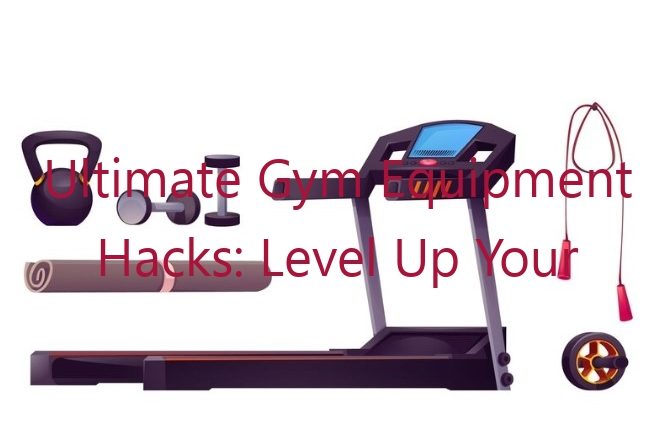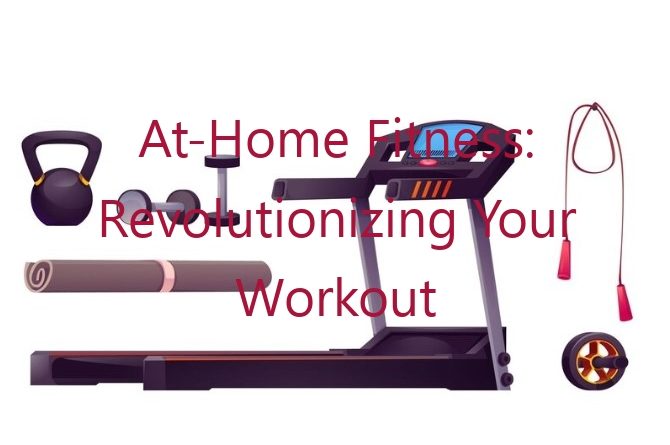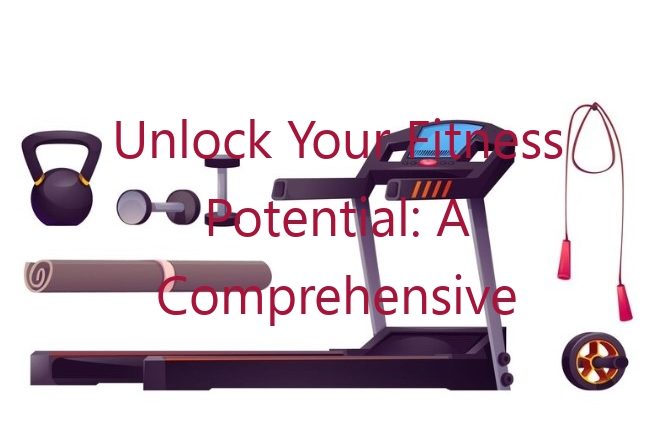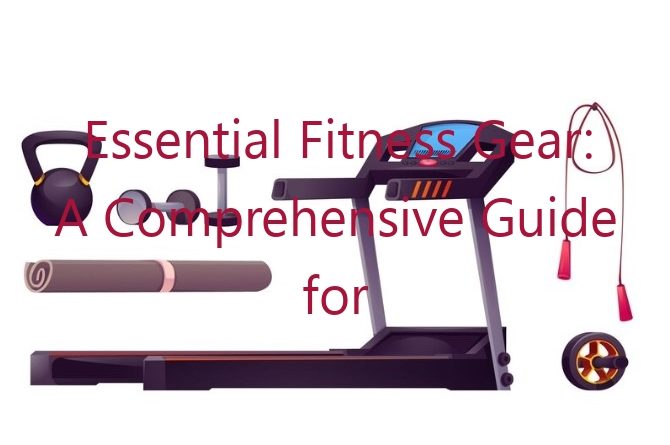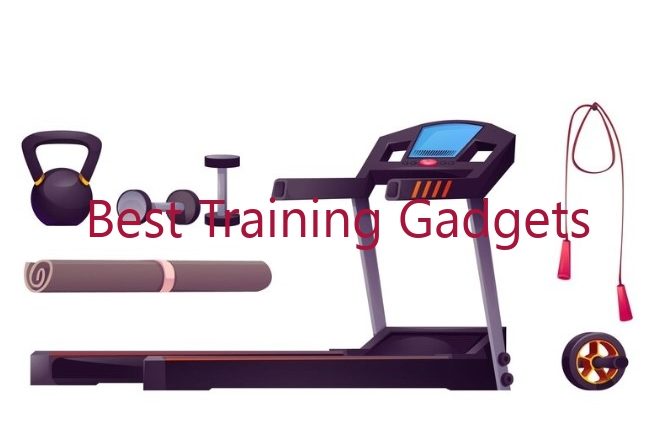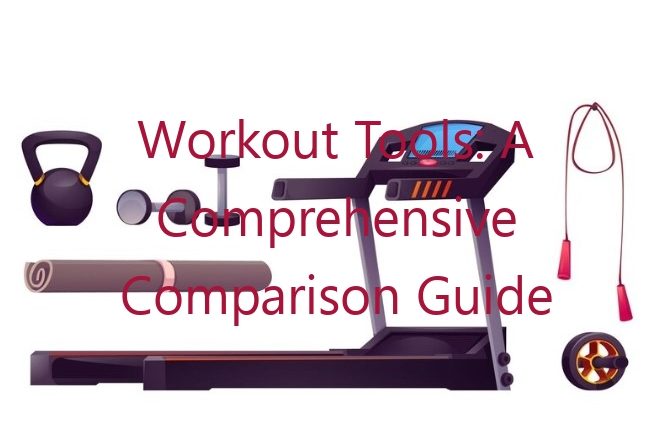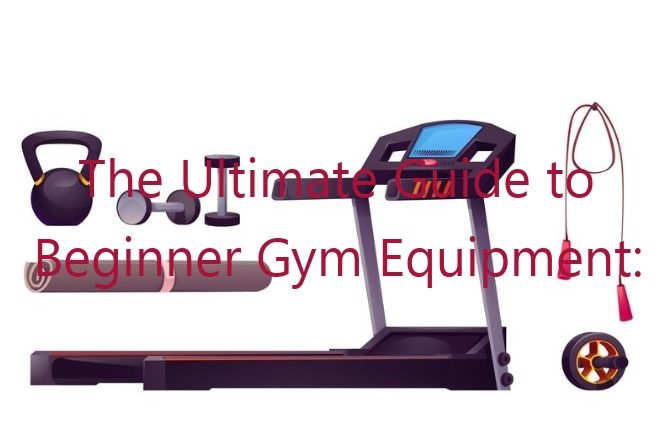
Preamble: Embracing the Transformative Power of Fitness
Sponsored Ads
Embarking on a fitness journey can ignite transformative changes in both body and mind. Whether aspiring to enhance physical well-being, cultivate mental resilience, or simply adopt a healthier lifestyle, the pursuit of fitness holds boundless potential. For beginners venturing into the realm of gym equipment, understanding the nuances of each machine and its intended purpose is imperative to ensuring a safe and effective workout.
In this comprehensive guide, we delve into the world of beginner gym equipment, elucidating the benefits and limitations of each piece. By empowering you with knowledge, we aim to foster confidence and facilitate your seamless transition into the realm of fitness. Prepare to unlock the transformative power of exercise as we embark on this enlightening exploration.
Introduction: Unveiling the Essentials of Beginner Gym Equipment
Initiating a fitness regimen often entails navigating a daunting array of gym equipment. For beginners, understanding the fundamentals is paramount. This section unveils the essential equipment categories:
- Cardiovascular Equipment: Fueling Heart Health
- Strength Training Equipment: Building Muscle and Strength
- Flexibility and Mobility Equipment: Enhancing Range of Motion
- Recovery Equipment: Promoting Relaxation and Recuperation
Strength Training Equipment: Empowering Muscle Development
Strength training forms the cornerstone of any well-rounded fitness program. It promotes muscle development, enhances bone density, and boosts metabolism. For beginners, selecting the right strength training equipment is crucial.
1. Barbell: The Versatile and Adjustable Powerhouse
Barbells are essential for compound exercises that engage multiple muscle groups simultaneously. The adjustable weight plates allow for customization to suit individual fitness levels.
2. Dumbbells: Unilateral Training and Isolation Exercises
Dumbbells enable unilateral training, targeting one limb at a time. They facilitate isolation exercises that focus on specific muscle groups, fostering balanced development.
3. Kettlebells: Dynamic and Functional Training
Kettlebells are renowned for their versatility and dynamic movements. They promote functional fitness, improving strength, power, and coordination.
Cardiovascular Equipment: Enhancing Heart and Lung Function
Cardiovascular exercise strengthens the heart and lungs, boosting endurance and overall fitness levels. Beginner-friendly cardio equipment includes:
1. Treadmill: A Classic for Running and Jogging
Treadmills simulate outdoor running or jogging, allowing for controlled and adjustable intensity. They are excellent for improving cardiovascular fitness.
2. Elliptical Trainer: Low-Impact and Joint-Friendly
Elliptical trainers provide a low-impact cardio workout that minimizes stress on joints. They are ideal for beginners with joint concerns.
3. Stationary Bike: A Convenient and Adjustable Option
Stationary bikes offer a comfortable and adjustable cardio workout. They provide various resistance levels to challenge fitness enthusiasts of all levels.
Flexibility and Mobility Equipment: Enhancing Range of Motion and Recovery
Flexibility and mobility are essential components of a well-rounded fitness routine. Dedicated equipment can enhance range of motion, improve posture, and promote recovery.
1. Yoga Mat: A Foundation for Flexibility and Stability
Yoga mats provide a stable and comfortable surface for stretching and yoga exercises. They promote flexibility and stability.
2. Foam Roller: Self-Myofascial Release and Relaxation
Foam rollers facilitate self-myofascial release techniques, easing muscle tension and promoting relaxation. They assist in recovery and flexibility.
3. Resistance Bands: Multipurpose Flexibility Training
Resistance bands are versatile tools that enhance flexibility and mobility. They offer adjustable resistance to accommodate varying fitness levels.
Recovery Equipment: Supporting Muscles and Promoting Relaxation
Post-workout recovery is crucial for muscle repair and regeneration. Recovery equipment speeds up this process, reducing soreness and promoting relaxation.
1. Massage Gun: Deep Tissue Massage and Muscle Recovery
Massage guns deliver deep tissue massage, alleviating muscle soreness and promoting recovery. They enhance circulation and reduce inflammation.
2. Ice Packs: Pain Relief and Inflammation Reduction
Ice packs provide localized pain relief and reduce inflammation. They are especially effective for acute muscle injuries or post-workout soreness.
3. Heat Packs: Soothing Relief and Muscle Relaxation
Heat packs offer soothing relief from muscle tension and pain. They promote relaxation and improve flexibility.
Beginner Gym Equipment: Strengths and Weaknesses
While beginner gym equipment offers numerous benefits, it is essential to consider potential drawbacks:
Strengths:
- Versatility: Suitable for a wide range of fitness goals and training levels.
- Accessibility: Widely available in most gyms and fitness centers.
- Cost-Effective: Relatively affordable compared to advanced equipment.
- Simplicity: Easy to use and understand, making them accessible to beginners.
- Customizable: Adjustable weights and resistance levels cater to varying fitness abilities.
Weaknesses:
- Limited Functionality: May not offer as many exercise variations as specialized equipment.
- Durability: May wear out over time with frequent use.
- Safety Concerns: Improper use can lead to injuries; supervision is recommended.
- Space Requirements: Can occupy significant space in home gyms or small fitness areas.
- Maintenance: Regular maintenance and cleaning are necessary to ensure optimal performance.
Comprehensive Table of Beginner Gym Equipment
| Equipment | Primary Purpose | Benefits | Cautions |
|---|---|---|---|
| Barbell | Strength Training | Compound exercises, Adjustable weight | Proper form, Supervision recommended |
| Dumbbells | Strength Training | Unilateral training, Isolation exercises | Balance, Form, Weight selection |
| Kettlebells | Strength Training | Dynamic movements, Functional fitness | Swinging technique, Weight management |
| Treadmill | Cardiovascular Exercise | Running, Jogging, Adjustable intensity | Running form, Overuse |
| Elliptical Trainer | Cardiovascular Exercise | Low-impact, Joint-friendly | Stride length, Resistance levels |
| Stationary Bike | Cardiovascular Exercise | Comfortable, Adjustable resistance | Seat adjustment, Gear selection |
| Yoga Mat | Flexibility and Mobility | Stability, Stretching | Surface type, Maintenance |
| Foam Roller | Flexibility and Mobility | Self-myofascial release, Recovery | Pressure application, Technique |
| Resistance Bands | Flexibility and Mobility | Versatile, Adjustable resistance | Band selection, Proper form |
| Massage Gun | Recovery | Deep tissue massage, Muscle recovery | Pressure control, Duration |
| Ice Packs | Recovery | Pain relief, Inflammation reduction | Skin protection, Cold sensitivity |
| Heat Packs | Recovery | Soothing relief, Muscle relaxation | Heat intensity, Duration |
Frequently Asked Questions about Beginner Gym Equipment
1. What are the essential pieces of beginner gym equipment?
For beginners, a barbell, dumbbells, kettlebells, treadmill, elliptical trainer, stationary bike, yoga mat, foam roller, and resistance bands are recommended.
2. How often should I use beginner gym equipment?
Aim for 2-3 strength training sessions and 2-3 cardiovascular exercise sessions per week. Rest and recovery are equally important.
3. What exercises should I do with beginner gym equipment?
Focus on compound exercises like squats, deadlifts, bench press, rows, and lunges for strength training. For cardio, opt for running, cycling, or elliptical workouts.
4. How do I adjust the weight on barbells and dumbbells?
Look for locking mechanisms or collars on the ends of the bars. Use these to secure weight plates and adjust the weight accordingly.
5. How do I use resistance bands?
Anchor resistance bands to a stable object or attach them to handles. Adjust the tension by varying the length of the band.
6. Can I use beginner gym equipment at home?
Yes, many beginner gym equipment pieces are suitable for home use. Consider space limitations and your fitness goals when selecting equipment.
7. What are the safety precautions for using beginner gym equipment?
Always warm up before using equipment. Use proper form and technique. Wear appropriate clothing and footwear. Seek supervision if unsure about an exercise.
8. Can I lose weight using beginner gym equipment?
Yes, combining strength training and cardiovascular exercise with a
